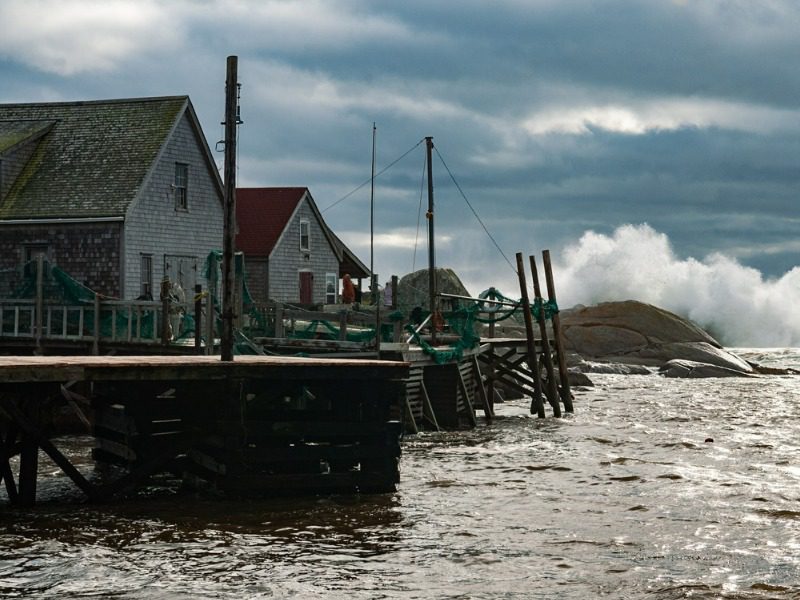How hurricane losses will impact pricing and capacity

Watch for Hurricane Ian’s damage estimates of between US$50 billion and US$70 billion to made insurers more conservative about pricing and capacity, according to Aon’s global market insights for 2022 Q3.
“As the full market impacts of Hurricane Ian materialize,” the report said, “a shift in pricing and capacity is widely expected to ripple across the primary and reinsurance market in [2022] Q4 and beyond.”
Looking specifically at Canada’s market, Aon noted, both hurricanes Fiona and Ian offered reminders about the need for pre-claim planning. Specifically, it emphasized a need for quality adjusters to be named in policies, for sufficient limits for claims preparation clauses, and for starting claims advocacy immediately after a loss event.
“Claim resolution begins at policy placement, with insurer selection and adjuster nomination critical to future claim success,” the report said.
In spite of rate adjustments and changes to deductibles and coverages, updated modelling has sometimes led to continued adjustments, Aon notes.
“Market conditions were generally moderate; however, higher-hazard and natural catastrophe-exposed risks continued to experience challenges,” their report said. “While capacity was generally sufficient, some insurers reduced their lines on subscriptions to a maximum of 20% to 25%, and higher-hazard property placements required more subscribers to complete.”
That’s led underwriters to scrutinize contingent business interruption coverages and require extensive details related to named suppliers and customers. In general, underwriters are increasingly focusing on insuring to value, and some have mandated inflationary increases.
“Exposure value increases, combined with rate increases, led to material premium increases for some insureds,” Aon said. “Looking ahead, some challenges may arise – especially for real estate, residential and forestry – toward the end of the year as market capacity for natural catastrophe disappears.”
Meanwhile, Fitch Ratings said last week that it doesn’t expect Florida Citizens Property Insurance Corp., a state-owned property insurer, or its companion reinsurer, Florida Hurricane Catastrophe Fund (FHCF), to face any short-term capacity risks due to expected losses from Hurricane Ian.
It did, though, call for more severe and frequent storms to erode liquidity and possibly increase the burden “on the assessment base that supports the debt issuance of each of these entities.” For now, both have sufficient liquidity to cover claims from Ian, thanks to bonds issued 11 years prior to Hurricane Irma in 2017.
But if the November 10 landfall of Tropical Storm Nicole is followed by other late-season storms, the borrowing outlook could change, said Fitch. “Citizens and FHCF are obligated to levy emergency assessments or issue bonds if claims and reimbursements exceed liquid resources,” the ratings agency said, “including reserves and premium collections, until obligations are fully met.”
Feature image by iStock.com/shaunl



